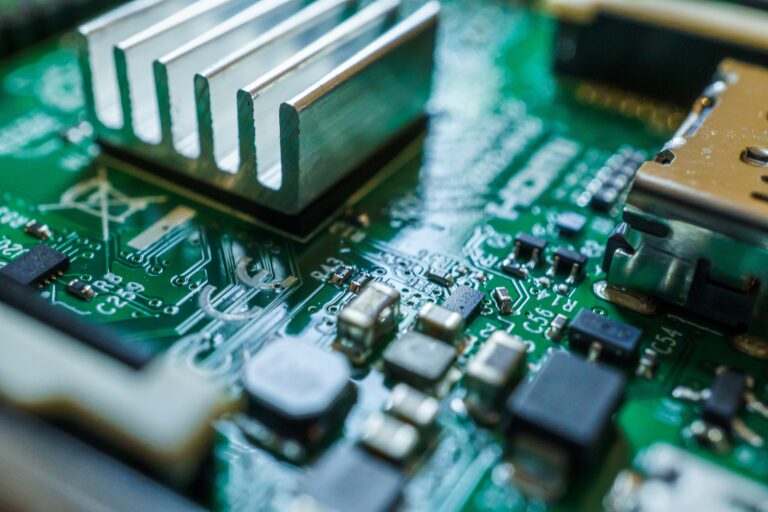eSIM stands for embedded SIM. eSIM capabilities are available for all form factors: 2FF (Mini), 3FF (Micro), 4FF (Nano), and MFF2 (the soldered sim chip). The main difference with a standard simcard is the ability to provision the simcard remotely. This means that different carrier profiles can be stored on the sim and subsequently downloaded over the air. It allows a customer to switch between the two without changing the physical simcard itself.
iSim
iSIM is a sim integrated with the processor core and encryption of the eUICC in a cellular module or system on a chip (SoC). Integrated simcards aim to address the shortcomings of the eSIM. Advantages are: less energy consumption, less footprint and therefore lower costs. The iSIM also has better security.
In 2014, the GSMA standardized the eSIM for remote sim provisioning. It doesn’t matter who the eSIM provider is, the GSMA has made sure everything is interoperable and ready for the market. This can eliminate the hassle of a vendor lock.
The notable technical difference of the iSIM is in the hardware, it moves the eSIM functionality to the hardware chipset of a device. The separate processor of the eSIM is no longer needed, which gives an advantage in terms of footprint and energy consumption.
For more information, you can contact us via telephone number 085-0443500 or by mail to info@thingsdata.com.
Need reliable IoT SIM cards? Request our test kit for 3 free SIMs with 100 MB data for 3 months. Experience seamless IoT connectivity today.
Looking for a reliable IoT partner? Download our brochure for instant access to valuable insights about our services and IoT solutions.
